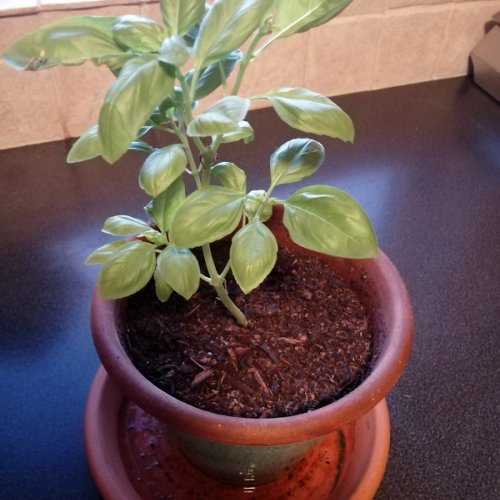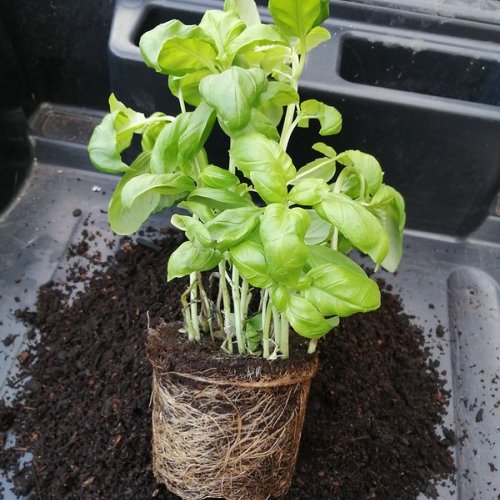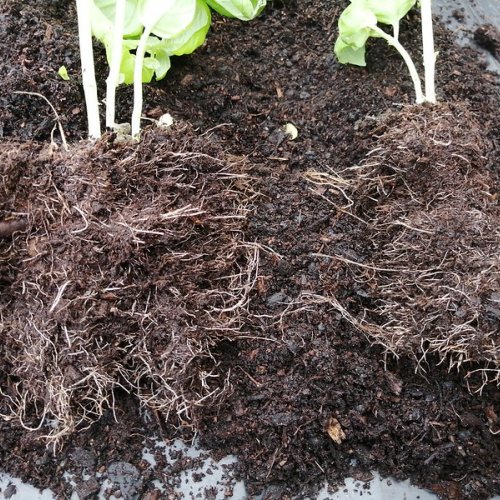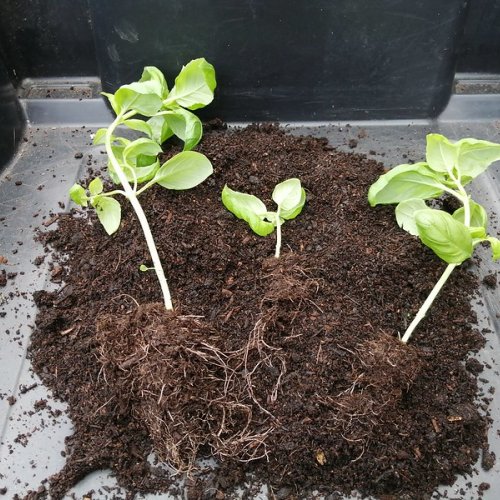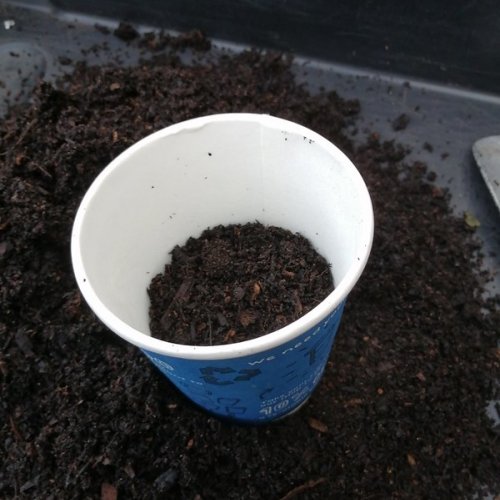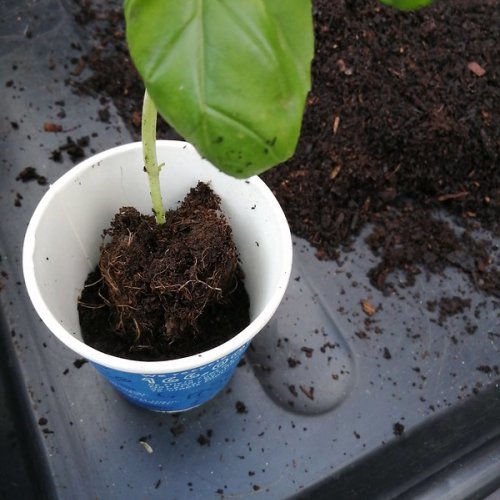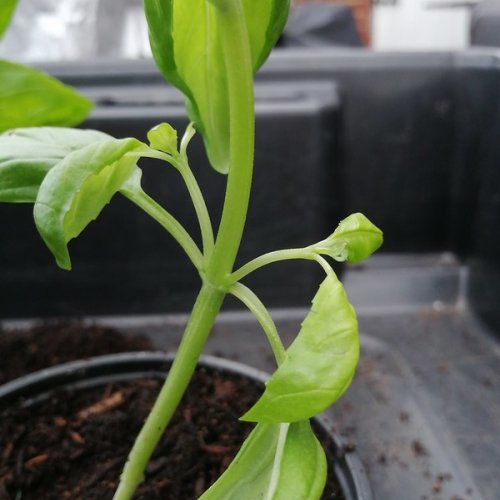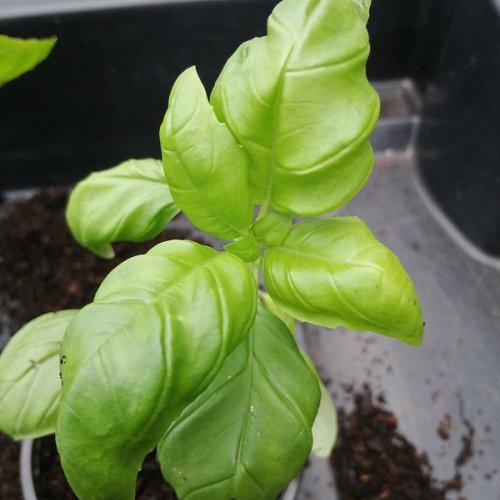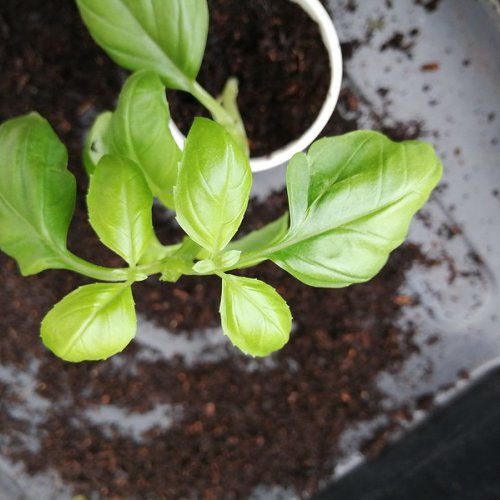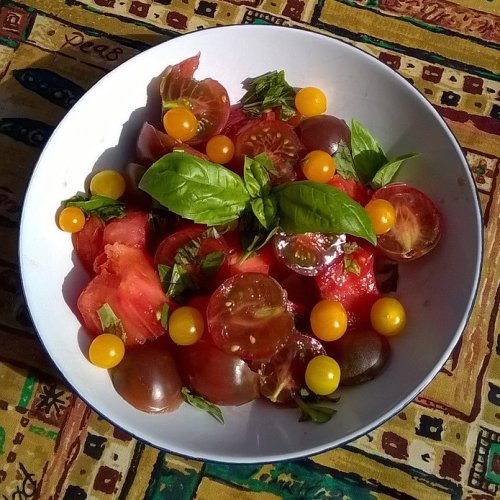The pungent, clove-tinted scent of basil is commonly associated with tomatoes and Mediterranean dishes, although in Asia it is more commonly used in drinks and desserts. I love using it to infuse the milk when making lemon and basil ice cream. The volatile oils that give its flavour quickly disappear when cooked, so it is best used in salads or torn into cooked dishes, like pasta, at the last moment. It is the key ingredient in the commonest form of pesto, found in our shops, although pestos can be made with many other herbs.
This delicious herb has an interesting place in folklore around the world. In France it is known as l’herbe royale and in the Hindu faith it is revered as holy basil or tulsi. In the Eastern Orthodox churches it is often used to prepare holy water and is placed on or near altars. In Europe it has been placed in the hands of the dead to ease their passage, an echo of Egyptian and ancient Greek beliefs that basil opens the gates of the underworld.
There are many varieties of basil and it can be fun to collect these if you have space for a number of plants. The commonest is sweet or Genovese basil, with its large, shiny, bright-green leaves. Others have smaller, finer leaves; they may be purple or dark green and can have overtones of lemon or cinnamon. You can find these as plants in garden centres and nurseries or try looking online for the seeds.
Basil originates in the tropics, from Africa across to South East Asia, but it is now a ubiquitous presence in our supermarkets, with dozens of fleshy plants packed in each plant pot so that we can ‘cut and come again’. In reality we usually cut and then find that the remaining leaves collapse in an unappetising mess. In this post I will show you how to take one such ‘living herb’ pot and transform it into a prolific source of basil for the months ahead.
